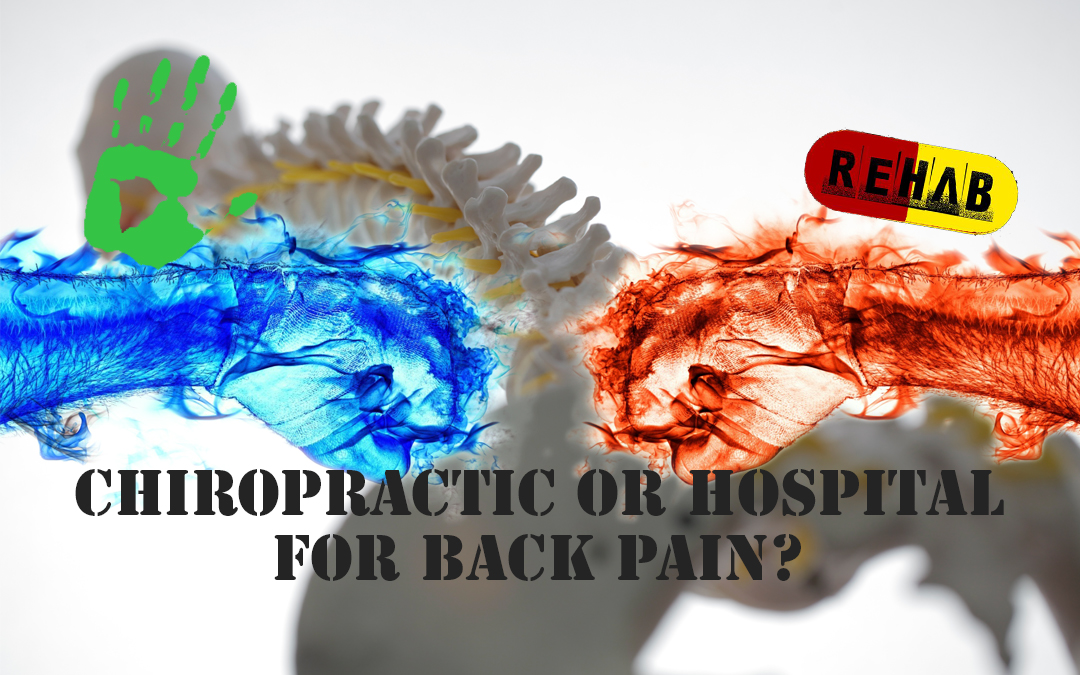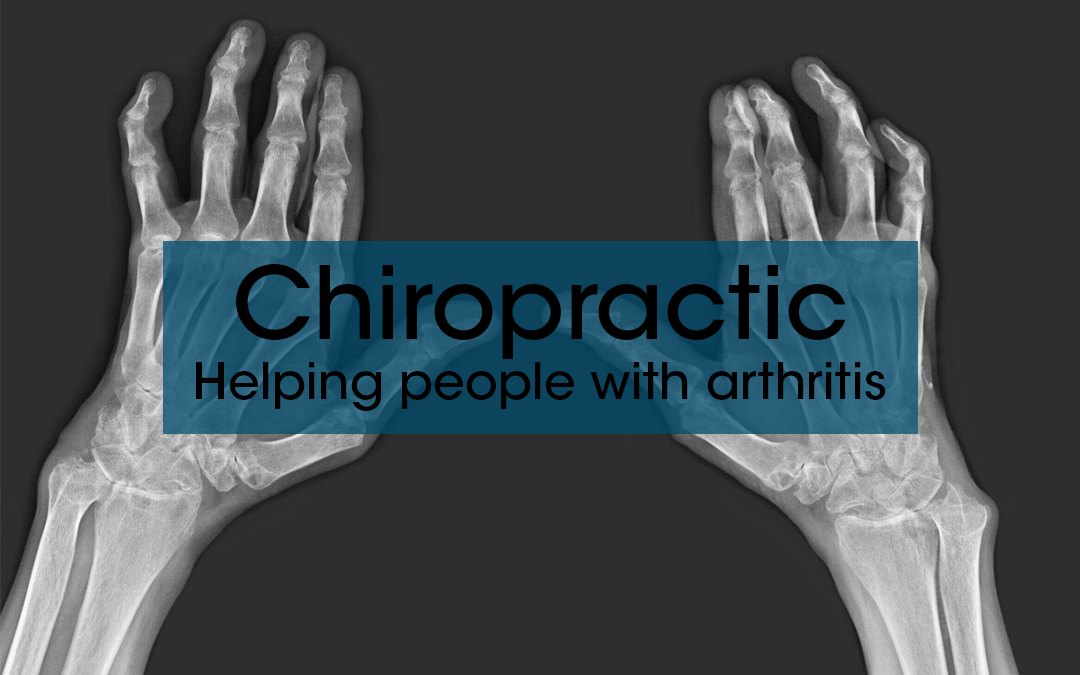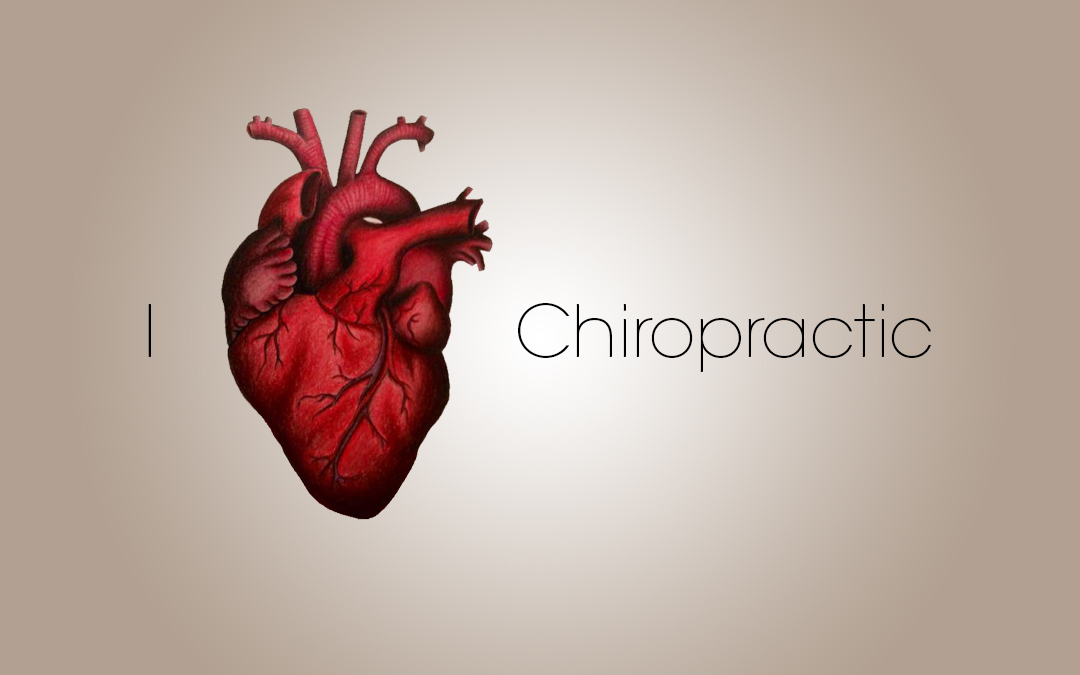
by Issey Cannon | May 21, 2015 | Massage |
What is Sports Massage? Broken down into its acronym let’s explore what ‘sports massage’ is: Sports It is a common misconception that sports massage deals predominantly with athletes. In my eyes we are all sports people as life is one ever increasingly competitive, intense physical activity. To live life to its fullest we all must have ‘fit’, well functioning muscles that are prepared for fight or flight, whether that be performing to your best ability in a weekly tennis match, chasing after your kids or gardening with ease. Posture In today’s society postural misalignment is often the origin of chronic aches and pains within the body. Bad posture, from sitting at a desk all day, playing sports and also general life, can lead to under/over developed muscular tissues as imbalanced forces are exerted upon the body. My role as a sports massage therapist is to work closely with you to regain the healthiest posture for you in whatever you do. By relaxing over-used muscles and re-engaging under-used muscles, your postural awareness increases and your neuromuscular (nervous and muscular) system functions better. More on posture another week! Organic All the cells in our muscles are living and responsive to the physical and emotional state of our body. They are essential to our complete, holistic functioning and sometimes these cells need encouragement. Muscle therapy creates an involuntary relaxation response carried out by our peripheral nervous system. There is also a mechanical response, issued by our sympathetic nervous system, which cleanses and improves cellular health. *If you have had the pleasure of attending our Health Class you will understand the connection between the spine and our neuromuscular system. Recovery and prevention In day-to-day...

by Charles Herbert | Nov 18, 2014 | Chiropractic |
Chiropractic treatment for low back pain When people get back pain most people take pain killers and if that doesn’t do the trick they go to see their GP. The GP will generally do 1 of 3 things: Prescribe stronger pain killers and potentially time off work Refer you to see an NHS physiotherapist as well as no. 1 If things are really bad, refer you for an x-ray or MRI as well as an appointment with a neurosurgeon or similar Sometimes option 1 does the trick, however if not then you move on to option 2, etc. So the question is, if the pain is hanging around for a while and you’ve been referred to the NHS physiotherapist or similar, should you wait the 6+ months or go and see a Chiropractor? What does research say you should do for low back pain? I’m a Chiropractor and therefore will have my own biased opinions. So, I’m going to answer this question with research. In my experience most patients are given a sheet of simple exercises when they see the NHS physiotherapist. However, most people need a more ‘hands on’ approach and end up coming to see me. For this blog I’m looking to compare the improvements from the physical, hands on treatment offered by the NHS with improvements from Chiropractic treatment. One specific study looked to compare the 2 different treatment types. They split 741 patients, aged between 18-65 with low back pain, into 2 groups. One group received Chiropractic treatment and the other ‘hospital outpatient treatment’, which consisted mainly of mobilisations, manipulation, traction and exercises. The majority of the patients...

by Matthew Poulter | Oct 24, 2014 | Chiropractic |
Chiropractic – helping people with arthritis Arthritis is a painful and debilitating condition and can have a significant impact on the quality of life of individuals suffering from this disease. As World Arthritis Day was on 12th October 2014 we wanted to highlight the benefits Chiropractic care for those suffering from this condition. A study published in the Annals of Internal Medicine1 reported that 63% of patients who visited a rheumatologist, for the conditions rheumatoid arthritis, osteoarthritis and fibromyalgia, also sought some form of complementary and alternative medicine (CAM). Of these individuals 31% (almost half) chose Chiropractic care, making Chiropractic the most popular alternative used by this group of people. Importantly, 73% of these patients determined that Chiropractic care was helpful in controlling their chronic pain. An additional aspect of this study was to determine why these arthritic patients chose CAM and the reasons they gave were: Because their prescribed medication wasn’t working to control their pain Because they heard it would help Because it is safe Because it helped someone they know Reducing the use of prescription medicines or over-the-counter medications such as NSAIDs for pain relief means fewer harmful side effects and addiction from long term use. The lifestyle changes associated with Chiropractic recommendations will also positively influence diet, exercise and overall health. The ability to control some symptoms through Chiropractic care not only reduces the financial burden on the NHS (arthritis cases are set to double by 2030!) but more importantly it improves the quality of life of those suffering from the disease and may in some cases delay the necessity to take early retirement. It’s important that people realise...

by Charles Herbert | Aug 13, 2014 | Chiropractic |
It’s written in blood – Chiropractic heals through chemistry. Fact! We all know Chiropractic works and adjustments make you feel better. Not only do we hear it all the time from our patients, we see it in the research conducted on the benefits of a Chiropractic care. Now a recent research article takes our understanding one step further… Scientists at the University of Spain decided to look at the changes in your blood after a Chiropractic adjustment. Using 30 students, who suffer no symptoms, they split them into three groups. One group received cervical (neck) adjustments, another thoracic (mid back) adjustments, and the final group no adjustments at all. The scientists took blood samples before the student’s adjustment (or lack of), immediately after, and then two hours later. What they were looking for was the changes in the hormones and neurotransmitters present in the students blood sample in relation to their adjustments. What happened to the hormones? The scientist were tracking four hormones in the blood plasma: neurotensin, oxytocin, cortisol, and orexin-A (learn what they are below). They found that immediately after a Chiropractic adjustment the levels of neurotensin and oxytocin significantly rose and cortisol also rose significantly after the cervical (neck) adjustment. There was no change in the levels of orexin-A in any group. But what on earth do these biochemical markers do? Neurotensin When times get tough and the stress levels increase then neurotensin is thought to help neutralise associated, stress-related pain. It also interacts with the serotonin neurons of the brain helping to chill you out. It also affects the activity the hormone oxytocin in the brain. Oxytocin...

by Matthew Poulter | Jul 23, 2014 | Chiropractic |
This blog is in regards to Lord Lloyd-Webber’s battle with his own thoughts during debilitating back pain and how he previously experienced his mother go through the same. To read more follow this link for the full report. Lord Faulconers Bill to allow assisted suicide for those that are terminally ill has recently rekindled a huge ethical and moral debate in the national papers. Although this article focuses very much on Lord Lloyd-Webber and how his view on the subject wavered depending on his experiences, it also demonstrates some very strong chiropractic philosophy. The longer I practice Chiropractic the more I see the relationship between mind and body. A healthy body often belongs to a healthy mind and vice versa. When patients have been through an intense period of emotional stress, existing health issues appear to worsen or new ones appear. Research in abundance demonstrates the increase in depression etc. in chronic pain sufferers. This mind/body principle is key to a holistic chiropractor and is often the answer I give when people ask me, “What’s the difference between a chiropractor and an osteopath/physio?” I’ve had hundreds of patients that develop disc symptoms (as Lord Lloyd-Webber appears to have suffered) either during or after a period of stress. A huge part of the healing process for the patient is the acknowledgment of the link between the two and then taking the necessary steps to deal with both problems. The other key principle to Chiropractic is that the power that made the body heals the body. As chiropractors, we allow healing to happen, we DON’T do the healing. Lord Lloyd-Webber underwent “14...










